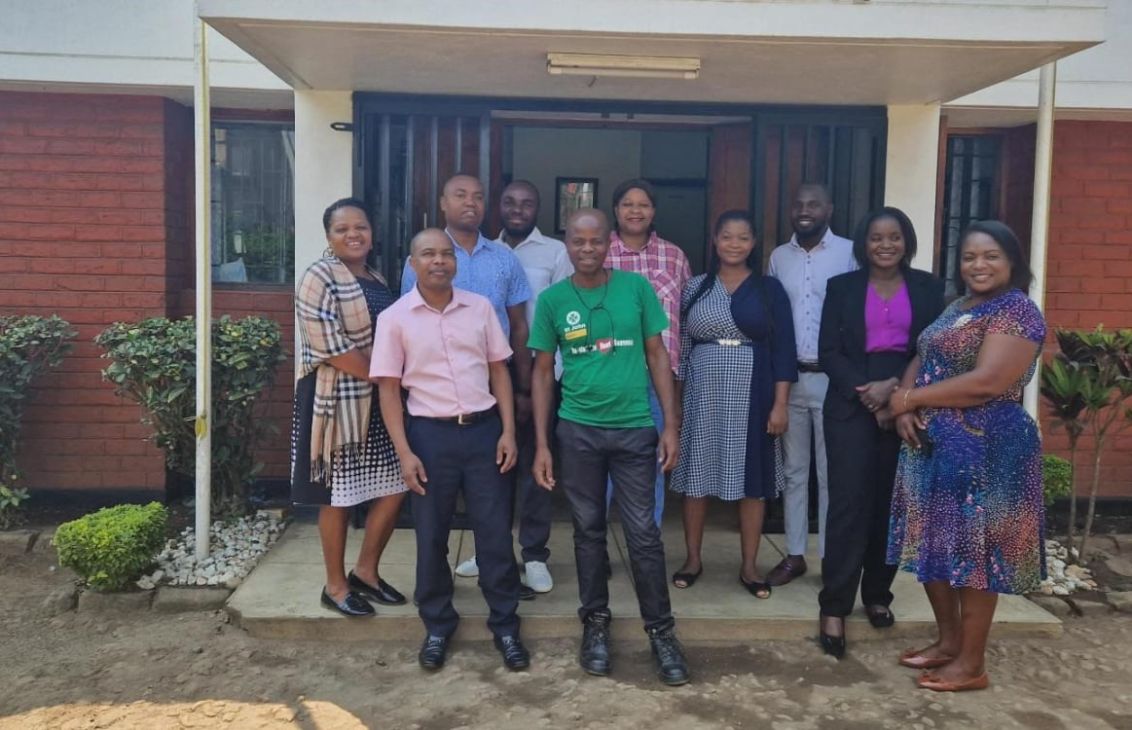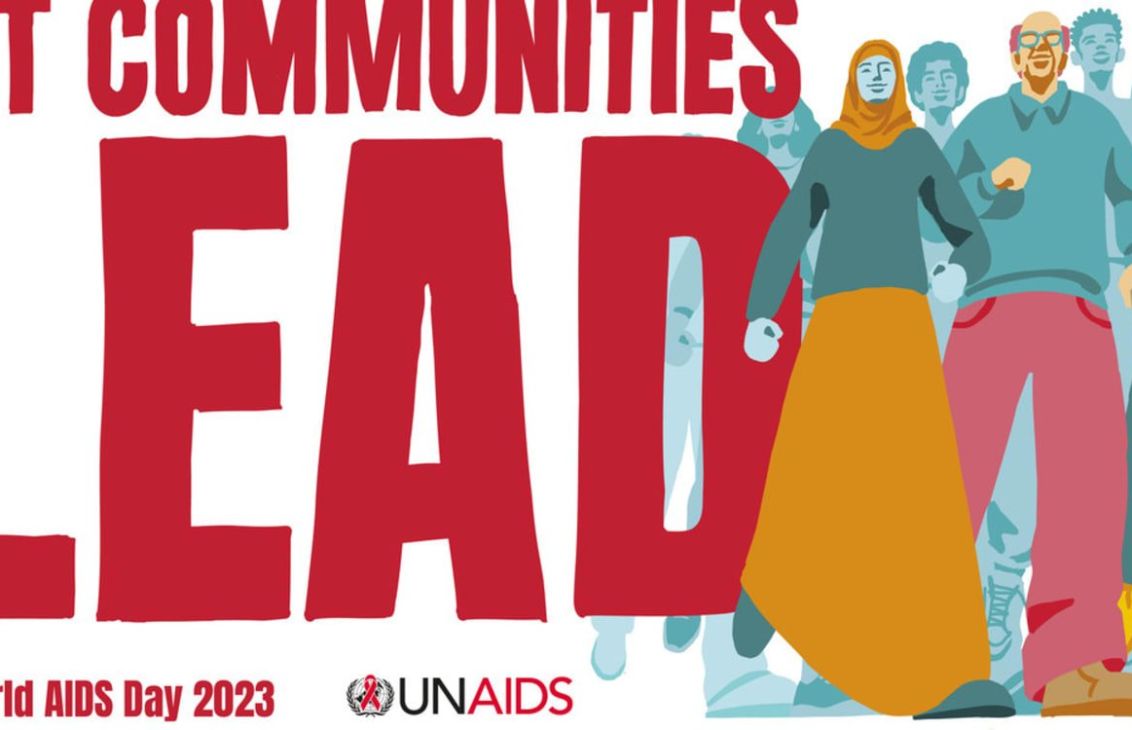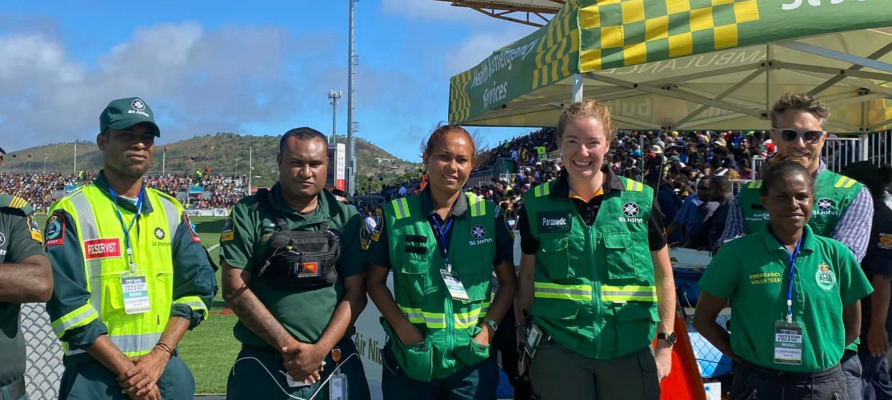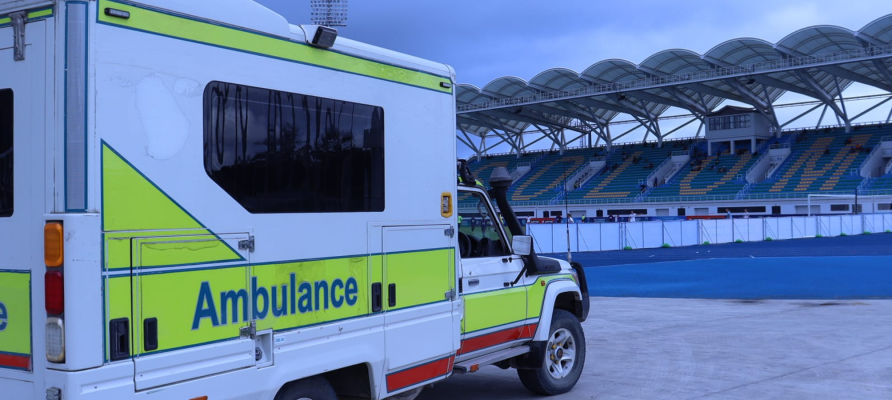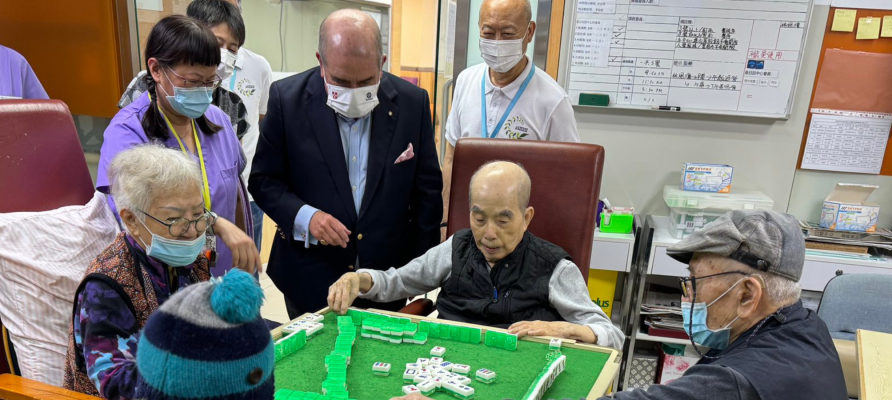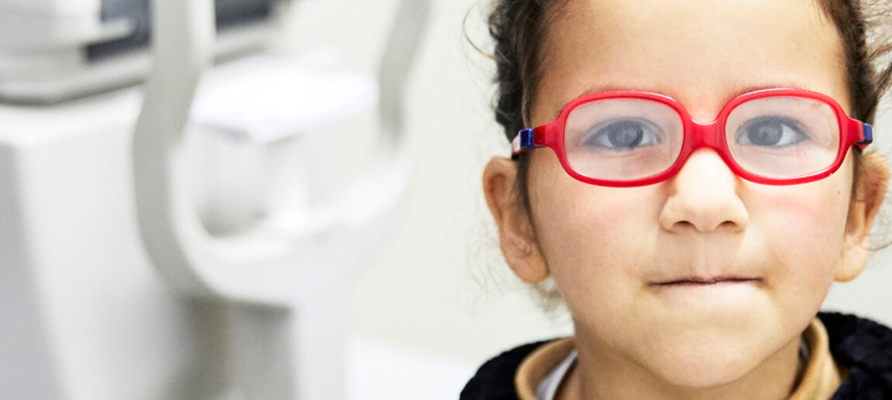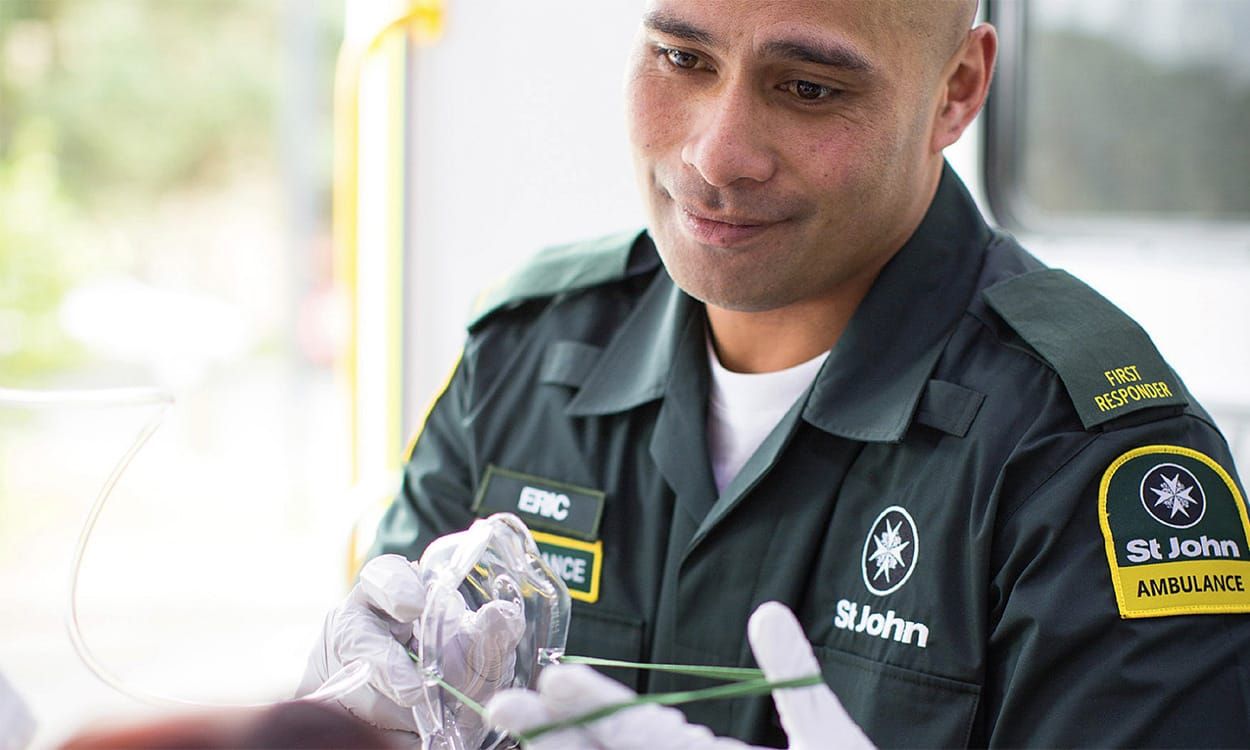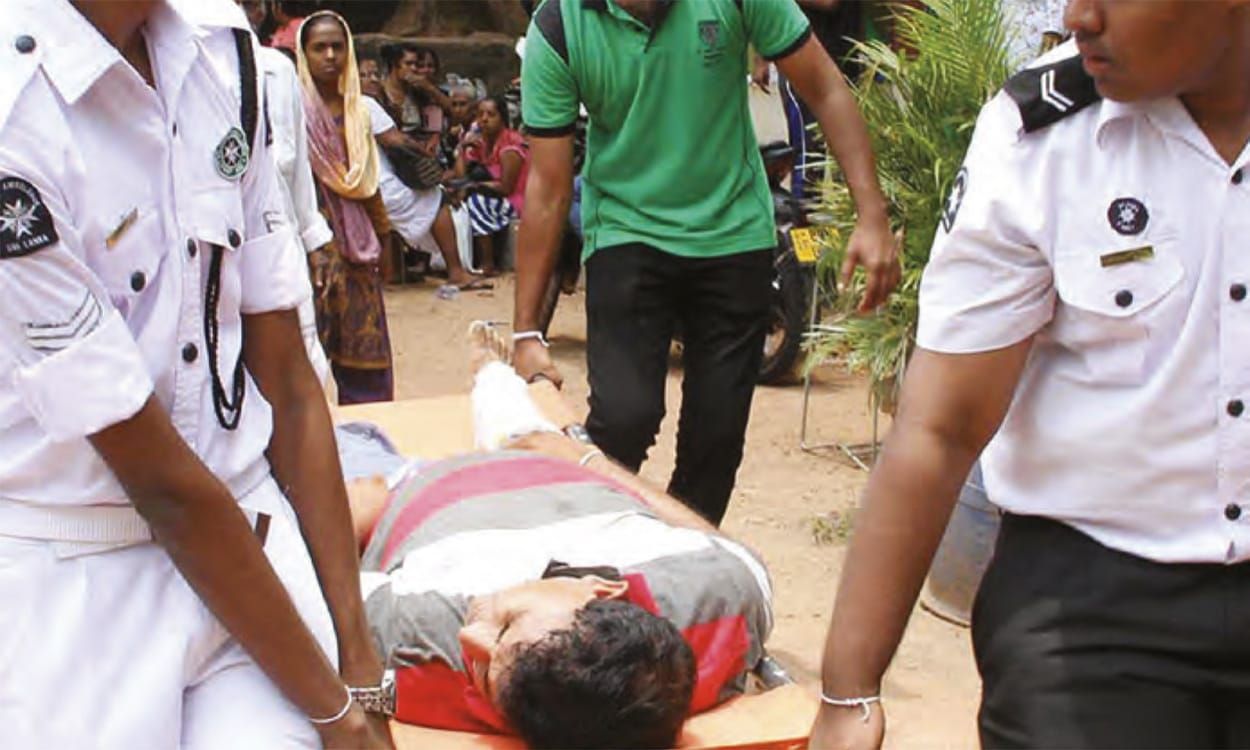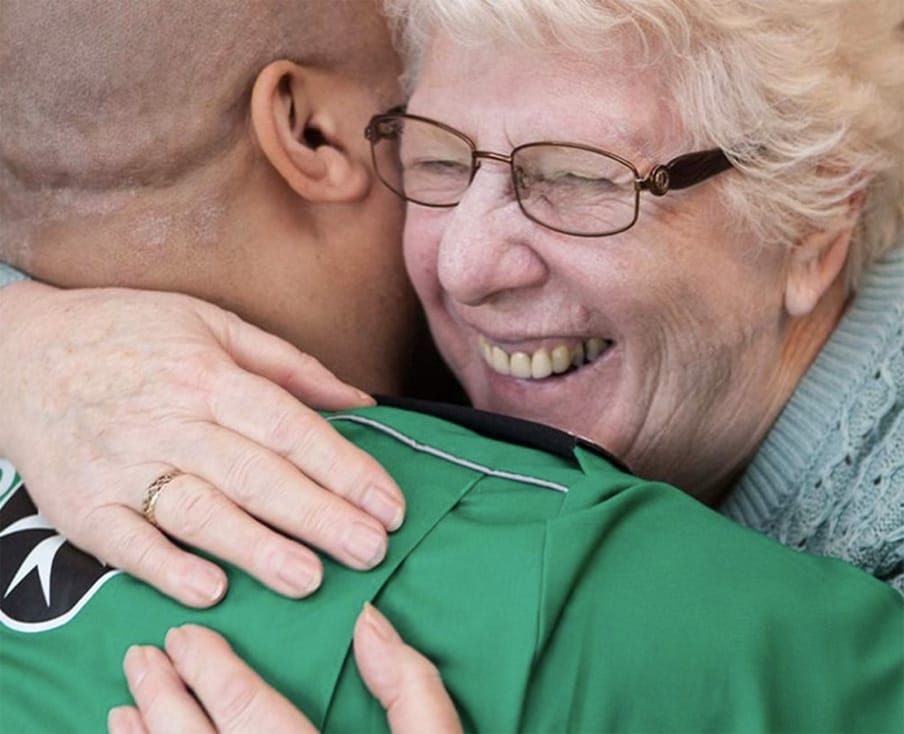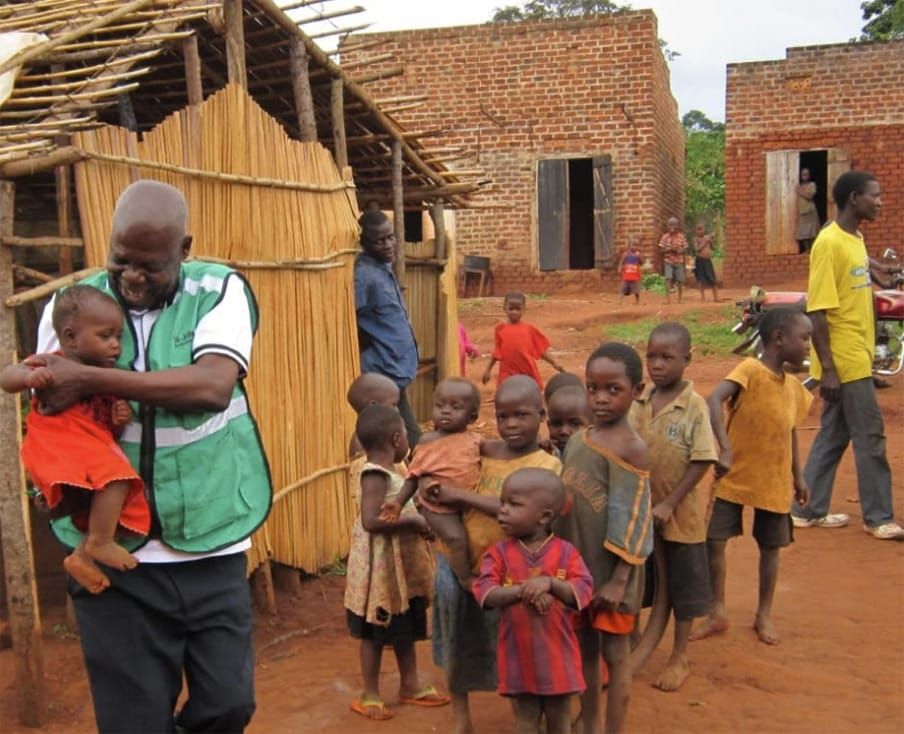What's the challenge?
Globally, maternal mortality remains unacceptably high. Efforts to reduce maternal and newborn mortality in Sub-Saharan Africa have been successful since 2000, with a continuous downward trend in most countries, but the rate is still almost double that of other regions. About 287,000 women died during and following pregnancy and childbirth in 2020 with 95% occurring in low and lower middle-income countries. Most could have been prevented. Sub-Saharan Africa alone accounted for around 70% of maternal deaths (202,000)
In 2019, 47% of all under-5 deaths occurred in the newborn period with about one third dying on the day of birth and close to three quarters dying within the first week of life. Sub-Saharan Africa had the highest neonatal mortality rate in 2019 at 27 deaths per 1,000 live births. A child born in sub-Saharan Africa is 15 times more likely to die in the first 5 years than a child born in Europe or North America.
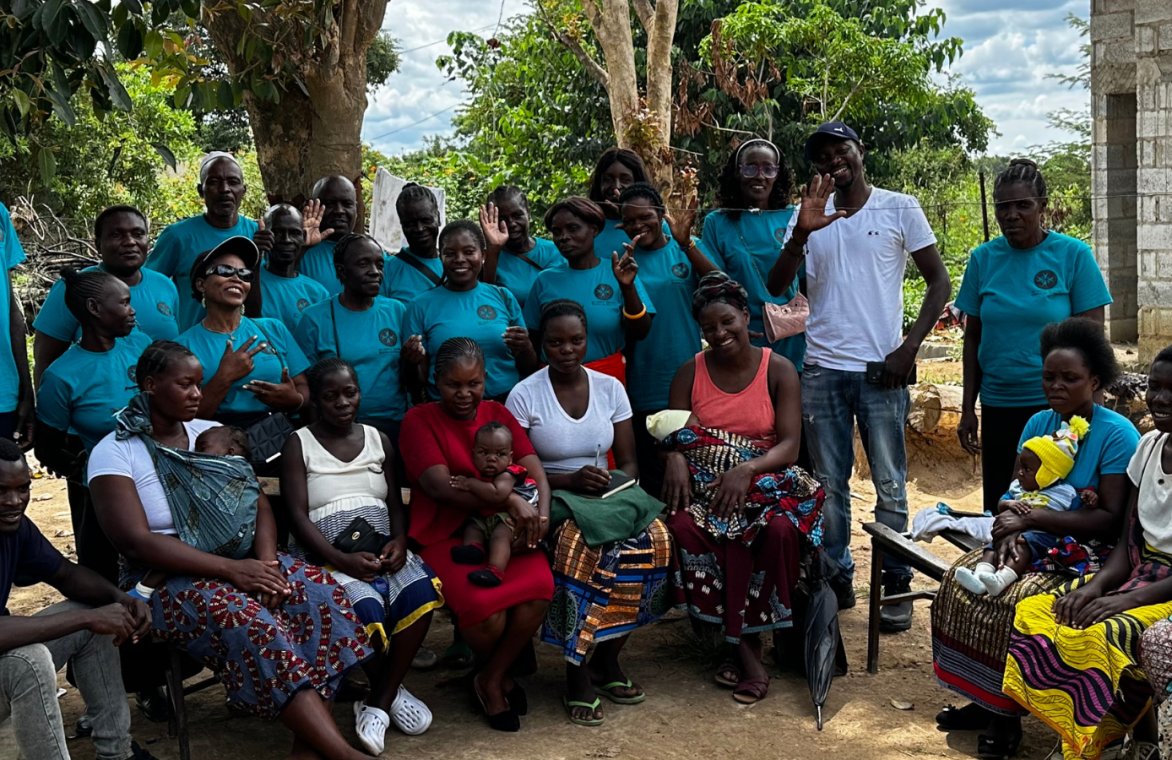
Our Mother and Baby Programme began in 2015. St John currently have 26 staff and 380 trained St John volunteers using the nationally recognised maternal and newborn health packages.
Our Impact
Having enrolled more than 146,000 primary beneficiaries (pregnant women including single women and adolescents, new mothers with infants, expectant fathers, and new fathers- women). A further 570,000 community members have been reached with health education. Clinical outreach services, in addition to serving maternal and child health needs, have provided over 425,000 people with primary health consultations in Malawi, Uganda and Zimbabwe.
Our work has:
- Increased local support for pregnant women and new mothers with infants, and stronger relationships between communities and local health providers.
- Imbued a greater sense of partnership and mutual responsibility in solving the challenges in providing maternal and child health care and built a foundation for longevity that will ensure the improvements in MNCH are maintained.
- Strong collaboration with community health coordinators, local health centres and District Health Offices with common understanding in maternal and child health.
Our Data
- Data from recent site surveys and other programme results show substantially improved outcomes when compared to provincial and national health MNCH. For example, our project sites in Zimbabwe show 68% of women starting ANC in the first trimester while nationally only 39% of women achieve this. In Zambia, women receiving 4 ANC consultations leapt from 64% nationally to 82% in our project sites.
- In 2021 St John International published the Mother and Baby Success Model (SuMo) which pulls together the knowledge within St John developed from running the programme. It’s a recipe for success, detailing what has worked in projects so that it can be replicated in other locations. It goes far beyond a simple training curriculum. It tells a manager how to recruit volunteers, how to performance manage the project, and what could be done to improve it. The first version of the SuMo has been co-created by the four St John Associations who deliver the Mother and Baby Programme, (Malawi, Uganda, Zimbabwe, and Zambia) and St John International.
- At the start of 2022, St John International rolled out a new performance monitoring system to all programme locations to allow establishments to collect and store impact data in one place. The system, called “Nurture”, allows for real time performance management by providing information on the adoption of healthy behaviour by participants on a monthly basis. Programme managers and volunteers can really see whether the advice they are giving is changing what pregnant mothers and their families do and can adapt their messaging if it is not working.
2023 in Numbers
26 staff
380 trained St John volunteers
570,000 additional community members have been reached with health education
425,000 people have been provided with primary health consultations in Malawi, Uganda and Zimbabwe
Integrating St John Mother and Baby Programme and the "Three Delays Model"
In all project countries, maternal and infant mortality ratios are unacceptably high and urgent preventative action is required to save lives. Drivers of maternal mortality and morbidity vary, but can be effectively evaluated at the local level using the “Three Delays” model developed by Thaddeus and Maine (1994) This is the most common framework used to evaluate the circumstances surrounding a maternal death.
The Three Delays:
- Delay in deciding to seek care influenced by the factors involved in decision-making; sociocultural factors; financial and opportunity costs
- Delay in reaching a healthcare facility, such as distance to the nearest healthcare facility, travel time, availability and cost of transportation; road conditions;
- Delay in receiving care at the healthcare facility: factors affecting the speed with which effective care is provided once a woman reaches a healthcare facility; shortages of supplies, equipment, and trained personnel; competence of available personnel and quality of care.
What does our response look like in action?
Response 1: House to House Education and Support
- Targeting all members of the household and community.During the initial house to house education support, target priority groups are identified. Project volunteers support pregnant women to register at the clinic, have health checks during pregnancy, and deliver in a facility with the help of trained health staff. Women develop a birth plan – how to save basic funds, who can help when the baby is due, recognising danger signs and what to do in an emergency. New mothers with infants are followed up to ensure post-natal care. Husbands and partners are also reached by volunteers to encourage men to support safe pregnancy and delivery and help after the baby arrives.
Response 2: Clinical Outreach
Local clinics collaborate closely with St John volunteers, to run outreach clinics to the local population in the catchment area of the health clinic, but too remote to be able to use the clinic easily. Outreach clinics run weekly or monthly depending on the location providing accessible basic health services in zones up to 10km away from the health centre. Outreach clinics provide HIV testing, family planning, immunisation, anti-malaria treatment and checks for pregnant women, new mothers and babies, in addition to general consultations, through the clinic’s health staff.
Local St John volunteers mobilise beneficiaries before the outreach clinic arrives, encouraging the use of under used services of ANC, HIV testing, Family planning, and vaccination and growth monitoring for children under 5 years. St John volunteers help manage the clinic on site and assist by carrying out record keeping and basic activities such child growth monitoring.
Response 3: Clinical Supplies, Mothers’ Waiting Shelter
Help strengthen health services where they exist; local clinics receive a basic support package to ensure adequate basic facilities for the labour ward e.g. scales to weigh pregnant women and infants, basic clinic refurbishment and some recurring costs, such as travel for nurses and midwives, to complement the Ministry of Health’s inputs an autoclave to sterilise equipment, etc.
In 2017, the project supported the community and the clinic in Zimbabwe to build a maternity waiting facility, where women can arrive before their due date or earlier in labour – a proven intervention to prevent injuries, disability and death due to maternal emergencies and complications during labour or the post-natal period. This increased the capacity of the local maternity ward.
Where do we work?
Malawi, Uganda, Zambia and Zimbabwe
Malawi has a high MMR currently estimated at 349 maternal deaths per 100,000 live births. According to the World Bank (2021), out of every 1,000 children born in Malawi, 31 of them will not reach their first birthday (UK and Canada infant mortality ratio is 4/1000).
Uganda is yet to achieve real progress in reducing neonatal and maternal deaths. MMR is currently estimated at 375 maternal deaths per 100,000 live births, with at least one in 4 girls aged 15 to 19 years already bearing children. Children born in rural areas, to the poorest families, and with uneducated mothers are most likely to die before the age of five.
Zambia has made progress in reducing child mortality, but challenges remain in maternal and neonatal mortality. MM is currently estimated at 213 maternal deaths per 100,000 live births. World Bank (2021) states that 40 of every 1,000 children will not reach their first birthday.
Zimbabwe has high maternal mortality rates at 363 per 100,000 live births. World Bank (2021) states that 36 of every 1,000 children born in Zimbabwe will not reach their first birthday.

What’s next?
As the programme continues to save lives, St John International will continue with the transitioning of the Mother and Baby programme towards establishment oversight while delivering current output. In 2023-24, the programme will enrol 46,000 direct beneficiaries and 160,000 indirect beneficiaries reached through community programmes.
We will use evidence-based approach for decision making within the programme to support learning, programme improvement and future programming. The Success Model and Nurture database developed to deliver and manage the programme will serve as a template for the sustainable delivery of future multi-country programmes.
Discussions about longer term funding ongoing, with some of the solutions dependant on Middle East, Africa (EMEA) region uptake, and/or local fundraising capacity. Recently, St John International have had engagement with St John Canada, St John Wales, and St John Papua New Guinea about working together in expending or starting new initiative in country depending on new developments and strategic direction.
You can read more about our Mother and Baby Programme through our case studies below:


